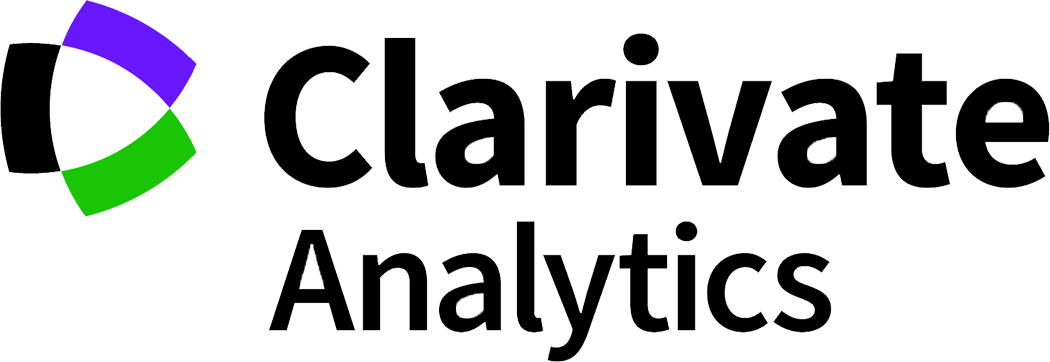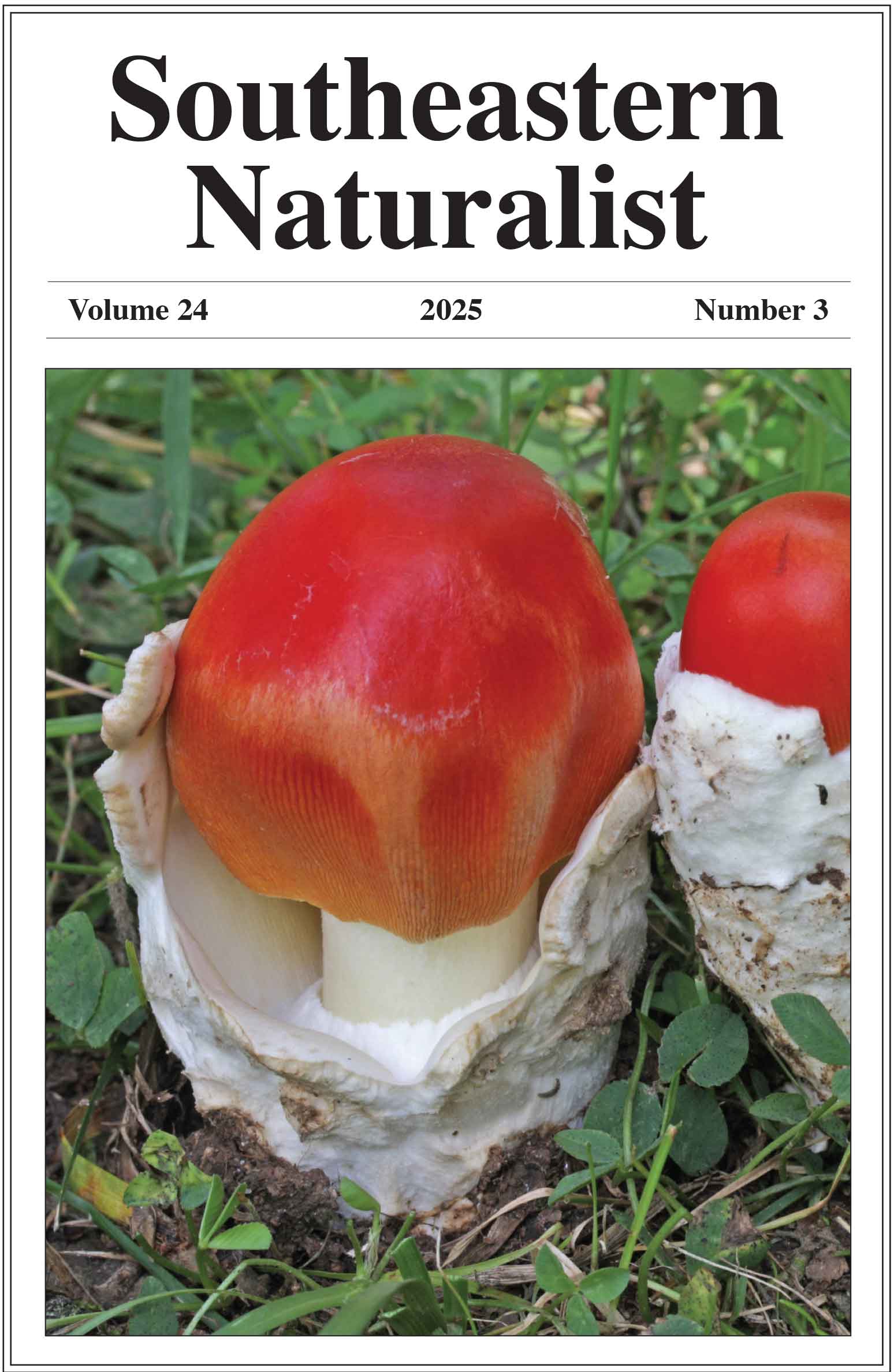Preliminary Evaluation of Two Active-Sampling Methods for Crayfishes on the Southern Cumberland Plateau, Tennessee
William G. Wells1,*, Marley G. Barton2, Katie E. McGhee1, and Graham E. Nystrom1
11Department of Biology, Sewanee: the University of the South, 735 University Avenue, Sewanee, TN 37383. 2Department of Earth and Environmental Systems, Sewanee: the University of the South, 735 University Avenue, Sewanee, TN 37383. *Corresponding author.
Southeastern Naturalist, Volume 23, Issue 4 (2024): 562–572
First published early online: 18 December 2024
Abstract
In this preliminary study, we measured and compared the effectiveness of electrofishing and kick-seining sampling methods for crayfishes from 4 headwaters streams on the Domain of the University of the South. The University of the South is located on the southern Cumberland Plateau ecoregion in Sewanee, TN. Specifically, we examined how many individuals were captured between gears, and carapace-length differences between capture methods during March–April 2024. Focal species were Cambarus sphenoides (Triangleclaw Crayfish) and Faxonius placidus (Bigclaw Crayfish). Four times as many crayfish were captured on average with the electrofishing method (13.5 ± 4.1 crayfish) compared with the kick-seining method (3.0 ± 1.1 crayfish) across all 4 streams. Captured crayfish were of similar sizes using both methods. The higher catch rate from electrofishing compared to kick seining demonstrates that electrofishing is the best sampling method for headwater streams tested on the southern Cumberland Plateau for Triangleclaw Crayfish and Bigclaw Crayfish.
![]() Download Full-text pdf (Accessible only to subscribers. To subscribe click here.)
Download Full-text pdf (Accessible only to subscribers. To subscribe click here.)
Access Journal Content
Open access browsing of table of contents and abstract pages. Full text pdfs available for download for subscribers.
Issue-in-Progress: Vol. 24( 4) ... early view
Check out SENA's latest Monograph and current Special Issue in progress:













 The Southeastern Naturalist is a peer-reviewed journal that covers all aspects of natural history within the southeastern United States. We welcome research articles, summary review papers, and observational notes.
The Southeastern Naturalist is a peer-reviewed journal that covers all aspects of natural history within the southeastern United States. We welcome research articles, summary review papers, and observational notes.